Stay Flexible With These Easy & Effective Chair Stretches
Our Key Takeaway
Chair stretches help seniors increase joint flexibility, reduce stiffness, and improve mobility safely while seated. Movements like chest openers, upper body twists, ankle rolls, and hip lifts support posture and circulation. Done regularly they can reduce discomfort and enhance daily comfort.
Flexibility is a much bigger deal than it might seem. Maintaining your flexibility and mobility during old age is one way to keep a consistent quality of life, allowing seniors to continue to do all their favorite activities with little to no pain or struggle. Canadian seniors should focus on finding ways to stay active and become more flexible, to help them live independently and avoid injury. If you’re not sure where to start, try some of these easy and accessible chair exercises and tips to stay loosened up and feeling great.
Life Assure Product Quiz
Take our 30 second quiz and discover which Life Assure medical alert device is the right fit for you or a loved ones.
Life Assure Product Quiz
Take our 30 second quiz and discover which Life Assure medical alert device is the right fit for you or a loved ones.
Benefits Of Chair Stretches For Seniors
Chair stretches are a fantastic way for seniors to stay healthy and active. They help improve flexibility without excessive strain, which can ease stiffness and increase the range of motion. This means everyday activities become easier and more comfortable.
Balance is another area where chair stretches shine. As people age, maintaining balance is important to preventing falls, which can lead to devastating injuries. Regular seated exercises can strengthen the core and stabilize muscles, enhancing balance and coordination.
Improved circulation is also a major benefit. Seated exercises boost blood flow, which delivers extra oxygen and nutrients throughout the body. This can help reduce swelling and the risk of varicose veins, supporting overall cardiovascular health.
Seniors with mobility issues often find chair stretches safer and more accessible than other exercise activities. A stable chair provides necessary support, minimizing the risk of falls. Thus, chair stretches are a practical choice for maintaining physical health without needing special equipment or facilities.
Safety Tips for Performing Chair Stretches

While chair stretches are typically some of the safest exercises you can do, there are still certain risks associated with them. For best results and to keep seniors from an accidental injury, it’s important to know a few safety tips before beginning.
Choose a sturdy chair with a firm seat and backrest to use for stretching. Avoid chairs with wheels or those that swivel, as they can be unstable. Wear comfortable clothing that allows you to move freely.
Pay attention to how your body feels. Stretching should be gentle and never painful. If you experience discomfort, ease off or stop. Move slowly and avoid bouncing to prevent muscle strain.
Consult a healthcare provider or physical therapist before starting new exercises, particularly if you have health concerns. Seniors and those with sedentary lifestyles can often have trouble beginning a new exercise routine. Listen to your doctor and take it easy at the start to acclimate your body to working out, even for low-intensity exercises like chair stretches.
Essential Chair Stretches for Seniors
Chair stretches are a safe and easy way for seniors to get active and improve their mobility. Adding chair stretches to your routine can boost flexibility and well-being. Here are some stretches to try that target a lot of common problem areas:
Neck and Shoulder Stretch
This stretch helps reduce tension in the neck and shoulders, promoting better posture and relaxation. Anyone with stiffness in these areas can benefit, senior or otherwise.
To perform neck and shoulder stretches, simply:
- 1. Sit up straight with feet flat on the floor.
- 2. Tilt your head to one side, bringing your ear toward your shoulder.
- 3. Hold briefly, then switch sides.
- 4. Repeat between 10 and 15 times on each side, or until you begin to feel a bit of fatigue.
Upper Back Stretch
A stiff upper back means trouble with bending and reaching, not to mention aches and pains. Stretching out this area can return mobility to parts of the body that are necessary for many different activities.
To perform upper back stretches, follow these steps:
- 1. Clasp your hands and extend your arms forward at shoulder height.
- 2. Round your back slightly and push your hands away.
- 3. Hold for a few seconds to relieve stiffness and enhance mobility.
- 4. Return to resting position, then repeat 10 to 15 times.
Seated Twist
Seated twists are a great way to exercise your core and back, improving spinal flexibility. It can even help in digestion, alleviating symptoms like constipation.
To perform this stretch, follow these steps:
- 1. Sit straight and place your left hand on the outside of your right knee.
- 2. Twist your torso to the right, using your right hand on the chair back for support.
- 3. Hold briefly, then switch sides.
- 4. Repeat 10 times on each side.
Ankle and Calf Stretch
Ankles and calves can often become pain points for seniors. By stretching these areas, they can alleviate inflammation and swelling to make walking and standing easier.
Perform this stretch by doing these steps:
- 1. Extend one leg in front, keeping the heel on the ground.
- 2. Flex and point your toes to stretch the ankle and calf.
- 3. Switch to the other leg.
- 4. Repeat with both legs 10 times.
Seated Hamstring Stretch
The seated hamstring stretch is great for improving lower back health and flexibility. If bending over is a problem, this might be the solution.
To do this stretch, just:
- 1. Sit near the chair's edge with one leg extended straight, heel on the floor.
- 2. Lean forward slightly, keeping your back straight, until you feel a gentle stretch in your thigh.
- 3. Hold briefly, then switch legs.
- 4. Repeat 10 to 15 times with each leg, being careful not to overextend and cause pain.
Incorporating Chair Stretches into Daily Routine

Regular chair stretches can offer lasting benefits, but only if you stay consistent with your routine. You can more easily stay on top of that with a few simple tricks.
Set reminders to stretch at specific times, like after breakfast or before bed. Pair stretches with daily activities, such as watching TV. This is often one of the biggest hurdles for people new to working out, so adding stretches with other activities can make the transition easier.
Try starting with short sessions and gradually increase the duration as you get more comfortable. Aim to stretch three to four times a week for the best results. Additionally, talk to your doctor for help assessing your overall condition before committing to a new exercise routine.
Conclusion
Chair stretches are a practical way for Canadian seniors to maintain flexibility, balance, and health. By making these exercises a regular part of your routine, you can enhance mobility and enjoy a better quality of life. Staying active and flexible is important to long-term health, so incorporate these stretches to support your well-being.




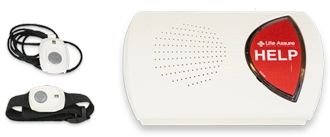
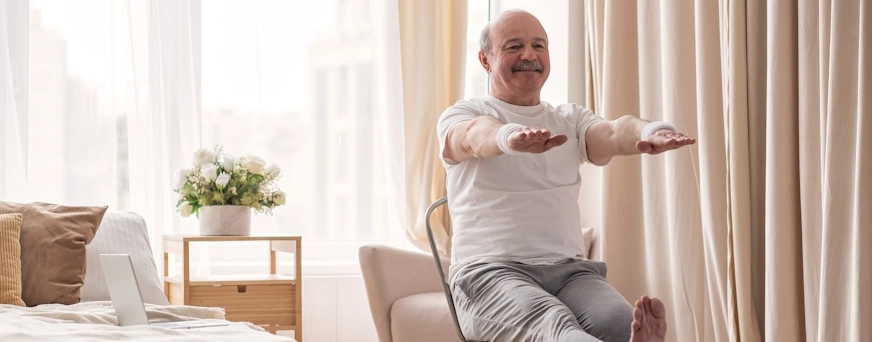

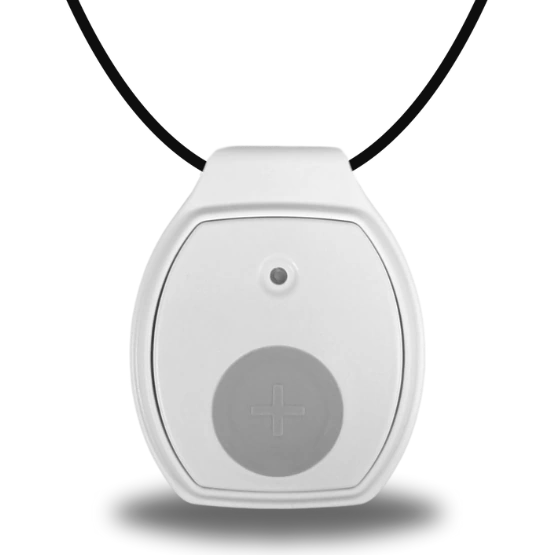
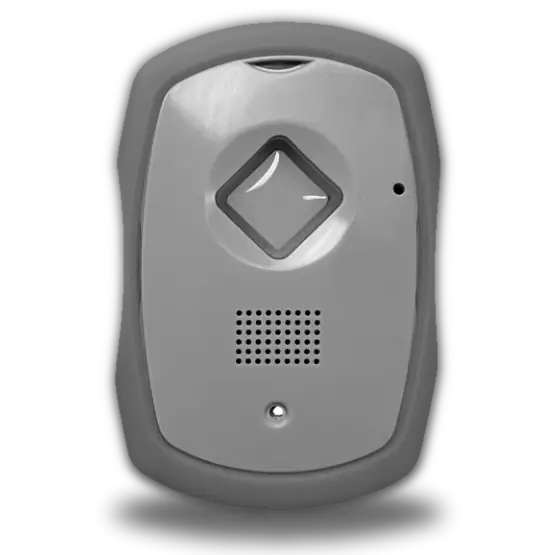

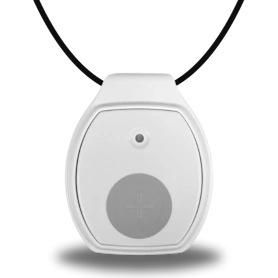
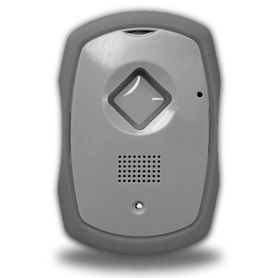
 Get Help With The Push Of
A Button
Get Help With The Push Of
A Button















